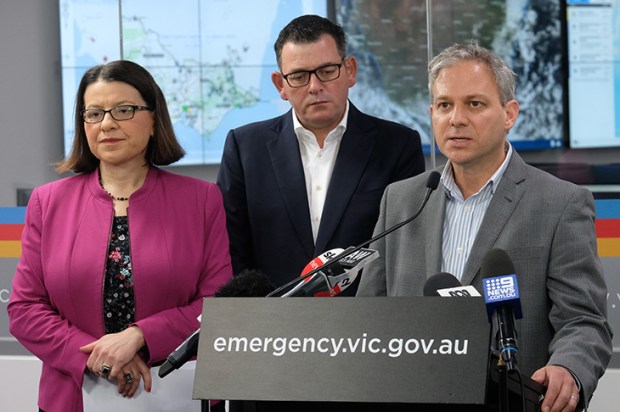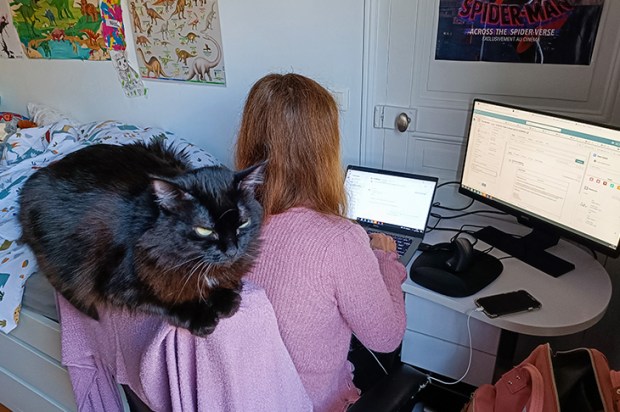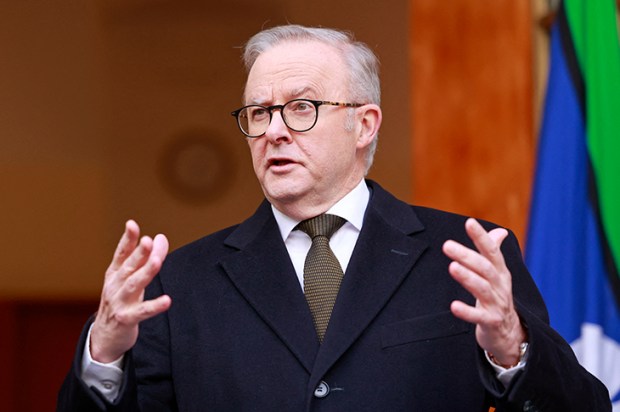Following his election as Venezuelan President in 1999, Hugo Chávez launched a series of radical reforms known as the Bolivarian Revolution. Chávez’s aim was to transform Venezuela socially, politically, and economically. Some of Chávez’s notable reforms included nationalising industries and dramatic increases to public spending, primarily funded by debt and commodity exports.
Chávez also implemented price controls, expanded the regulatory state, and implemented free healthcare and subsidised food. Industry policy was also favoured including significant subsidies provided to establish a mobile phone industry to produce a phone called the Vergatorio, a Venezuelan slang word for ‘penis’.
In the end however, the only people who got the Vergatorio were the Venezuelan people.
Although Chávez died in 2013, he inflicted so much economic and institutional damage to his country that democratic, social, and economic collapse soon followed. Under the leadership of Chávez’s anointed successor, Nicolás Maduro, Venezuelans experienced dictatorship, hyperinflation and severe shortages of basic goods, medicines, and food.
The ensuing economic collapse was particularly acute between 2014 and 2020, a period during which Venezuela’s economy shrank by over 80 per cent. Once among the wealthiest nations in the world, endowed with the largest proven oil reserves, Venezuela rapidly became one of the poorest, a deterioration more abrupt than Argentina experienced under Peronist rule. Currently, President Donald Trump aims to further undermine President Maduro’s dictatorship by imposing severe sanctions on countries purchasing Venezuela’s remaining oil output.
It was in the context of Venezuela’s economic and social disintegration that famed British journalist and associate editor of this magazine Toby Young pithily observed that ‘Socialism always begins with a universal vision for the brotherhood of man and ends with people having to eat their own pets.’
If this South American history strikes a familiar chord, consider the trajectory Australia has been on following the election of the Albanese government.
Barely six months after its election, Albanese’s Treasurer Jim Chalmers announced, ‘values-based capitalism’, a framework for his vision to transform the Australian economy. A vision of a bigger and more interventionist state with big government working with big labour working with big business to shepherd the Australian economy to an antipodean utopia.
How’d that work out then?
The results speak for themselves. Australia has experienced the largest decline in disposable income of all developed nations, the longest per-capita recession since (Australian) records were kept, and $1 trillion of gross debt (over $36,000 for every man, woman, and child). Although Australians aren’t yet eating their pets, at documented scale at least, many are struggling to feed themselves and their families.
A record number of Australians are sleeping in their cars or on the street with tens of thousands more facing homelessness. Relative to incomes, Australian house prices are the highest in the world; a phenomenon fuelled by high immigration, high taxes and high regulations.
A record number of businesses have gone to the wall, with a total of 29,000 businesses destroyed in the last year or so. These are mostly small businesses in the hospitality and construction industries, and retail fashion chains.
In contrast, 36,000 new Commonwealth public servants have been employed, who have since received substantial pay rises. 83 per cent of all new jobs created in the last year have been in the ‘non-market’ sector, ostensibly public sector employees or other taxpayer-funded roles.
In the 1960s, a prominent US economist referred to the poverty of the public sector reflecting the situation where public services and social programs were insufficient or inadequate to address poverty. In Australia, however, we are now increasingly experiencing the poverty of the private sector.
Productivity is in significant decline and the private sector faces growing challenges in remaining competitive. Increasingly expensive and unreliable energy is decimating industry, especially steel and aluminium. Businesses are struggling to attract workers who prefer higher-paid, lower-risk positions in the public sector and publicly funded non-market sectors, such as those related to the NDIS.
Sustained improvements in productivity largely depend on the private sector. The current downturn in Australia’s productivity parallels the decline in per capita living standards, positioning Australia as the worst-performing country among developed nations.
Failing publicly owned businesses such as the NBN, which has already accumulated over $30 billion in losses, are being regularly bailed out, the NBN most recently to the tune of an additional $3 billion. This is necessary as the $750 million spent by taxpayers unsuccessfully competing with Elon Musk’s Starlink has so far led to a gain of only 100 subscribers. If there was an award for the world’s worst investment decision, NBN would be a leading contender.
An additional $16 billion has been allocated to reducing student loan balances, a consequence of many universities failing to adequately prepare students for productive roles in the economy. Although framed as relief for students, this initiative effectively acts as a university bailout. It conceals the flawed strategy of financing substantial increases in vice-chancellor salaries and administrative headcounts through the recruitment of international students, who are often attracted by promises of Australian residency.
Energy Minister Chris Bowen’s net zero push is based on the fantasy of green hydrogen requiring trillions being spent. The nation is being criss-crossed by tens of thousands of kilometres of high-voltage power lines linking uneconomic and unreliable solar and wind generation sites. A wind drought last year inflicted sizeable losses on a business run by a strong economic advocate for 100 per cent renewable energy.
The Albanese government is promoting its plans for industry made in Australia based on the cruel hoax of renewable energy while the few remaining manufacturers are closing due to out-of-control energy costs. The only surviving architectural glass plant founded as long ago as 1854 is closing, along with Australia’s only major plastics manufacturer, Qenos, with the loss of 750 jobs.
Australia now finds itself on an alarmingly similar trajectory to Venezuela, where ambitious but misguided government interventions ultimately led to widespread hardship and social disintegration followed by economic collapse. Unless substantial changes are made to redirect the country’s policy path away from central planning, excessive public expenditure, increased regulation and unrealistic energy agendas, Australia risks following Venezuela down a path from prosperity to poverty to penury.
Venezstralia here we come.
Got something to add? Join the discussion and comment below.
Dimitri Burshtein is a principal at Eminence Advisory. Peter Swan AO is professor of finance at the UNSW-Sydney Business School.
You might disagree with half of it, but you’ll enjoy reading all of it. Try your first month for free, then just $2 a week for the remainder of your first year.












